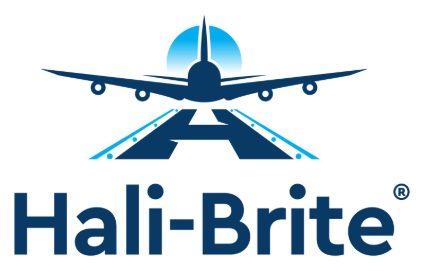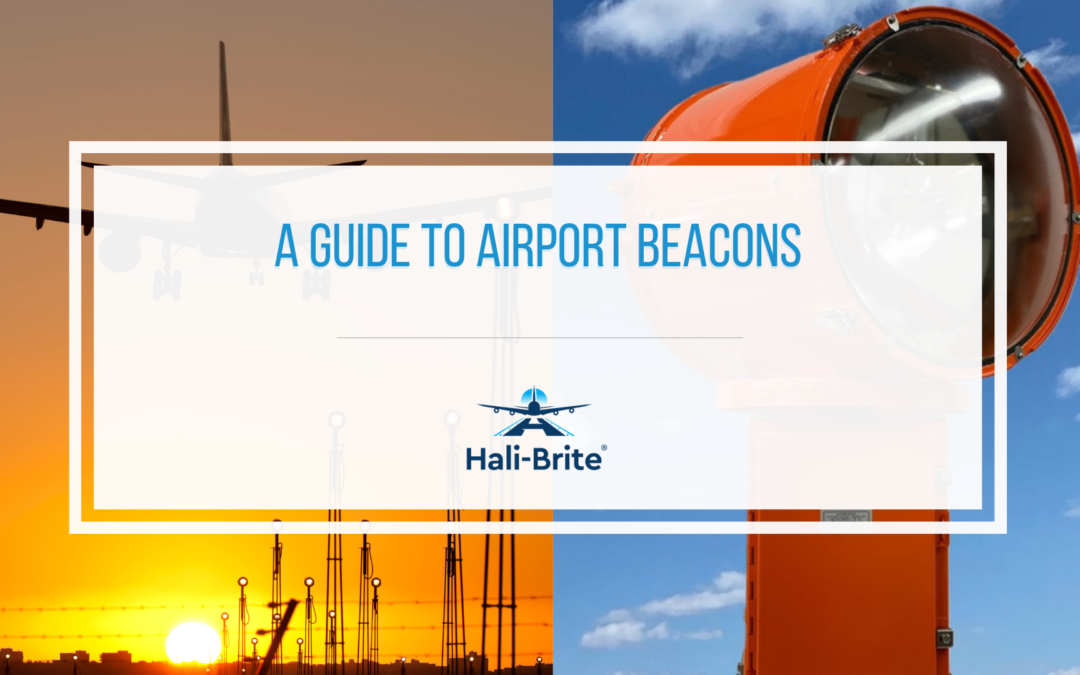In the past, pilots heavily relied on maps and visible landmarks for navigation during flight operations, a method limited to daytime travels. Nighttime flights were particularly risky until the introduction of bonfires at airports, aiding pilots in locating runways after sundown. These bonfires, however, were eventually replaced by a more advanced solution: the airport beacon.
An airport beacon, also known as an aeronautical or aerodrome beacon, is a simple yet effective solution to nighttime travel. Serving as visual navigation aids, or NAVAID, airport beacons project flashes of colored light, effectively pinpointing the location of an airport. While no regulations mandate their use during daytime operation, airport beacons are indispensable at night or in conditions of low visibility, ensuring safe landings.
The importance of a fully operational airport beacon in ensuring pilot safety cannot be overstated, which is why these visual aids must adhere strictly to stringent Federal Aviation Administration (FAA) standards. In this article, we’ll guide you on the basics of airport beacons, exploring the different types available and how these lighting systems are installed in airports.
- What Are Airport Beacon Lights
- Are Airport Beacons Necessary for Small Airports/Airfields
- The Anatomy of Airport Beacon Lights
- How to Install Airport Beacons
- Install Only Reliable and Quality Airport Beacons
What Are Airport Beacon Lights
Airport beacons are essential navigational aids that provide aircraft pilots with visual identification of the airport’s location, especially during low visibility conditions, ensuring safe and efficient aviation operations. These powerful rotating lights are usually located at the top of control towers or other tall airport structures.
Airport beacons rotate 360 degrees horizontally, emitting a bright, steady beam of light that can be seen from miles away. The rotation of the light creates a distinctive flashing effect, making it easily distinguishable from other nearby lights. Pilots use these lights to verify their position and ensure they are heading toward the correct airport.
Airport beacon lights are designed to be highly visible, even in adverse weather conditions. The intense, rotating light pattern can cut through fog, rain, and snow, aiding pilots in locating the airport when visibility is limited. During nighttime operations, airport beacons help pilots orient themselves and align the aircraft with the runway for a safe landing.
Are Airport Beacons Necessary for Small Airports/Airfields
A small airport, also known as a general aviation airport, is an airfield typically used for general aviation activities, including flight training, recreational flying, emergency services, and transportation to remote or underserved areas. According to the FAA, general aviation airports are public-use airports that do not have scheduled service or have scheduled service with less than 2,500 passenger boardings each year.
Common features of general aviation airports include shorter runways, fewer terminal facilities, and a reduced range of services and amenities compared to larger airports. These small airports often serve local or regional communities and may not have customs and immigration facilities for international flights.
Airport beacon lights are necessary for general aviation airports just as they are for larger commercial airports. While the scale of operations might differ, the fundamental need for navigational aids remains crucial for all types of airports, including small ones. Even on a smaller scale, airport beacons are vital in guiding pilots and ensuring smooth aviation operations, particularly in rural areas with limited visual references.
The Anatomy of Airport Beacon Lights
Airport beacons usually have a rotating lamp that produces a sweeping beam of light. Modern airport beacons nowadays use energy-efficient LED lamps. LED beacons, such as Hali-Brite’s Airport LED Rotating Beacon L-801A(L), maintain brightness and visibility while consuming less power and having a longer lifespan than traditional incandescent bulbs.
Airport Beacon Types
There are two types of beacons installed in airports based on light intensity:
-
- L-801 Beacon. L-801 serves as the standard medium-intensity beacon and is typically installed at airports where medium-intensity lighting systems are in operation.
- L-802 Beacon. L-802 is the standard high-intensity rotating beacon, and it is a common fixture at airports equipped with high-intensity lighting systems. It provides a powerful, sweeping beam of light, facilitating the identification of the airport’s location.
However, certain instances necessitate the use of a high-intensity beacon in airports with medium-intensity lighting systems. These exceptions include situations where neighboring lights create high background brightness or when the beacon functions as a navigational aid rather than solely for location and identification purposes. In such cases, L-802 is employed instead.
Airport Beacon Colors
Airport beacons perform a full 360-degree rotation in azimuth, emitting light flashes at predetermined rates and specific colors. These beacons feature a combination of two or three colors, each indicating the type of location. Here are the beacon color combinations and corresponding flash rates for each airport type:
| Airport Type | Color Combinations | Flash Rate |
| Civilian Airport (A) | White and Green | 22 to 26 fpm |
| Military Airport (M) | White, White, and Green | 16 to 20 fpm |
| Seaplane Base (S) | White and Yellow | 22 to 26 fpm |
| Heliport (H) | White, Green, and Yellow | 33 to 39 fpm |
How to Install Airport Beacons
Installing airport beacons involves a precise procedure, ensuring optimal function and visibility. Here’s a step-by-step guide based on FAA installation guidelines:
-
- Choose appropriate locations such as roofs of hangars, control towers, or designated wooden/metal towers.
- Check the spacing and dimensions of the beacon support legs.
- If assembly in one piece is impractical, disassemble the beacon into parts.
- Ensure the platform at the top has the correct bolt pattern.
- Use a sling to hoist the beacon into place, taking care not to damage any part of the assembly.
- After positioning, secure the base of the beacon to the mounting platform and reassemble the parts.
- Level the beacon meticulously to ensure accurate alignment.
- Before activating the beacon, review the servicing requirements, including any necessary beam adjustments.
- Strictly adhere to the manufacturer’s specified servicing procedures for each beacon size.
Install Only Reliable and Quality Airport Beacons
Airport beacons play a pivotal role in aviation safety, ensuring secure navigation during nighttime and adverse weather conditions. As your dependable partner in illuminating your airport, Hali-Brite recognizes the critical importance of reliable lighting solutions in safeguarding air travel.
Whether you need traditional rotating beacons or advanced LED models, we’ve got you covered. We offer a wide range of top-quality airport beacons that meet rigorous FAA safety requirements, enabling pilots to accurately identify airport locations, prevent potential accidents, and facilitate safe landings. For your specific airport beacon needs, contact us today at (218) 454-0956 or here.


